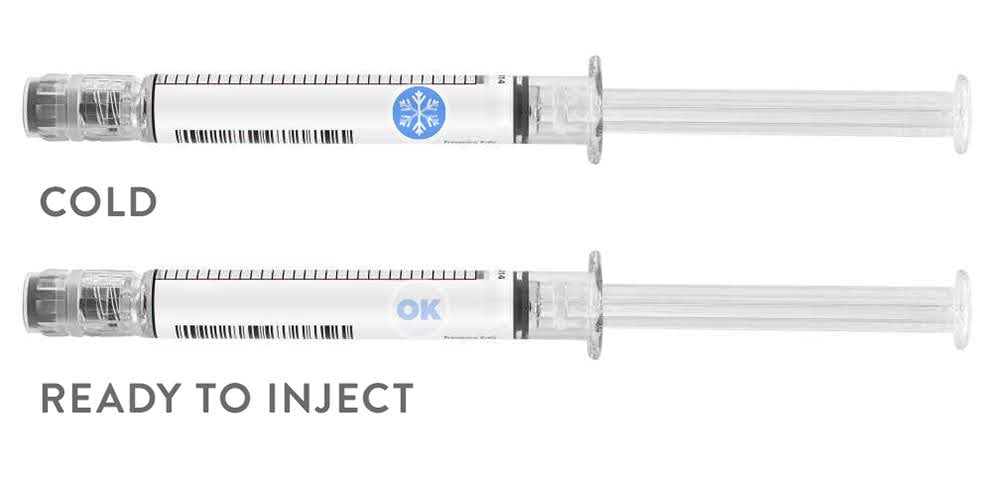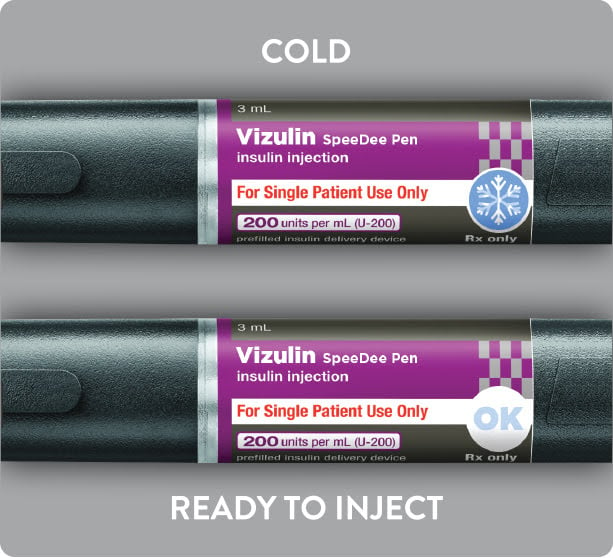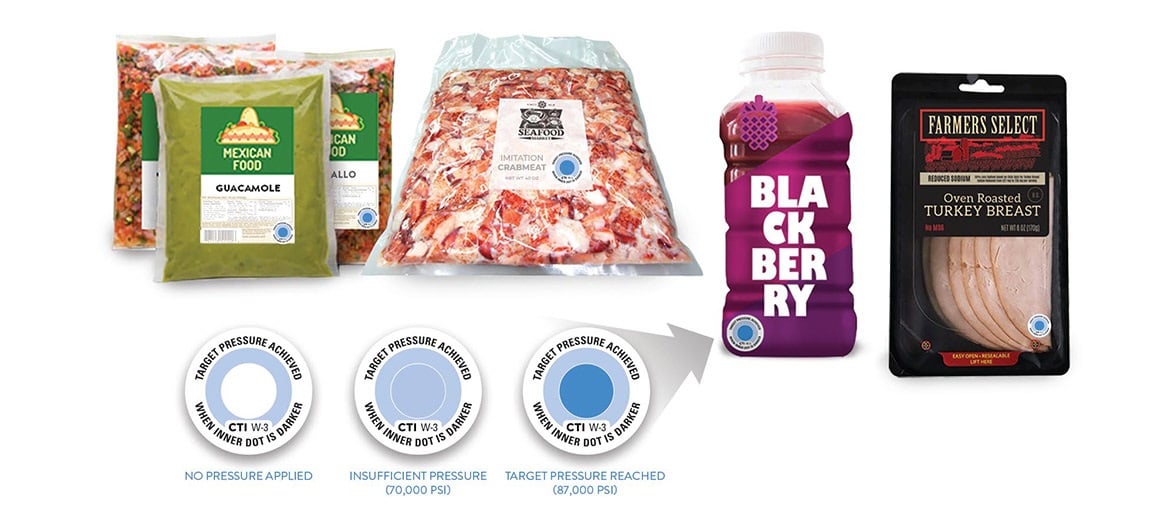Table of Contents
“A coordinated system that uses art and technology to contain and protect products during the process of transport, storage, logistics, sale and final use by the customer.”
Most definitions of the word ‘packaging’ we can find – the above is from the Fundación del Español Urgente – merely refer to its function as a receptacle. But they omit a fundamental part of what this concept represents today: the ability to greatly improve the user experience regarding the purchase and the brand.
Ready meals that alert you with a sound when they are cooked, coffees that heat up by themselves, labels that tell stories thanks to a QR code, packaging that warns you of a product’s expiry date so you can order it straight away from the supermarket, bottles that light up to the rhythm of the music at the club, beer cans that cool down when you open them…
This is so-called ‘smart packaging’: packaging that, in addition to offering protection, interacts with the product through indicators or monitored devices and are hailed as revolutionizing the industry. In fact, it represents a market of 38,160 million dollars worldwide and is expected to reach 48,720 million dollars in 2026, with a compound annual growth rate of 4.15% until then, according to the report ‘Smart Packaging Market: Growth, Trends, Covid-19 Impact and forecasts (2021-2026)’.
Technology to reduce food waste
Vacuum packaging, which removes the air inside and injects a mixture of gases for preservation, has long been used to extend the shelf life of many foods. Even so, an estimated seven million tonnes of food and drink are thrown away in the UK every year. Furthermore, 60% of wasted food is still fully edible, proving that the way best-before dates are calculated is confusing, to say the least.
This is the premise behind Mimica Touch. It is a temperature-sensitive indicator of food freshness that can be in the form of a lid (for juice or milk bottles, for example) or as a flat label (for meat trays). If you can see bumps on the label when you run your finger over it, the product should no longer be consumed. In addition to combating food waste, the aim of Mimica Touch is to make life easier for visually impaired people.
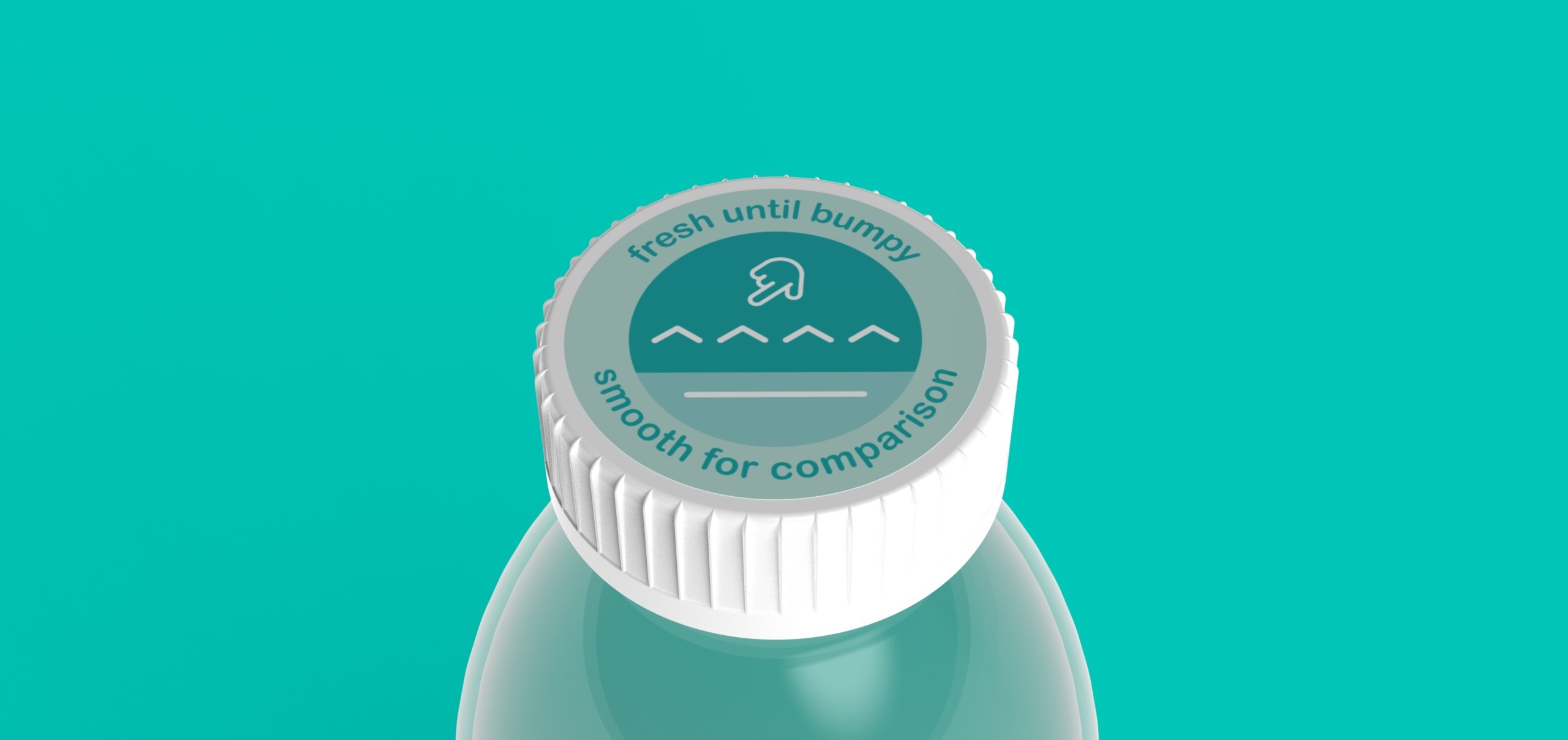
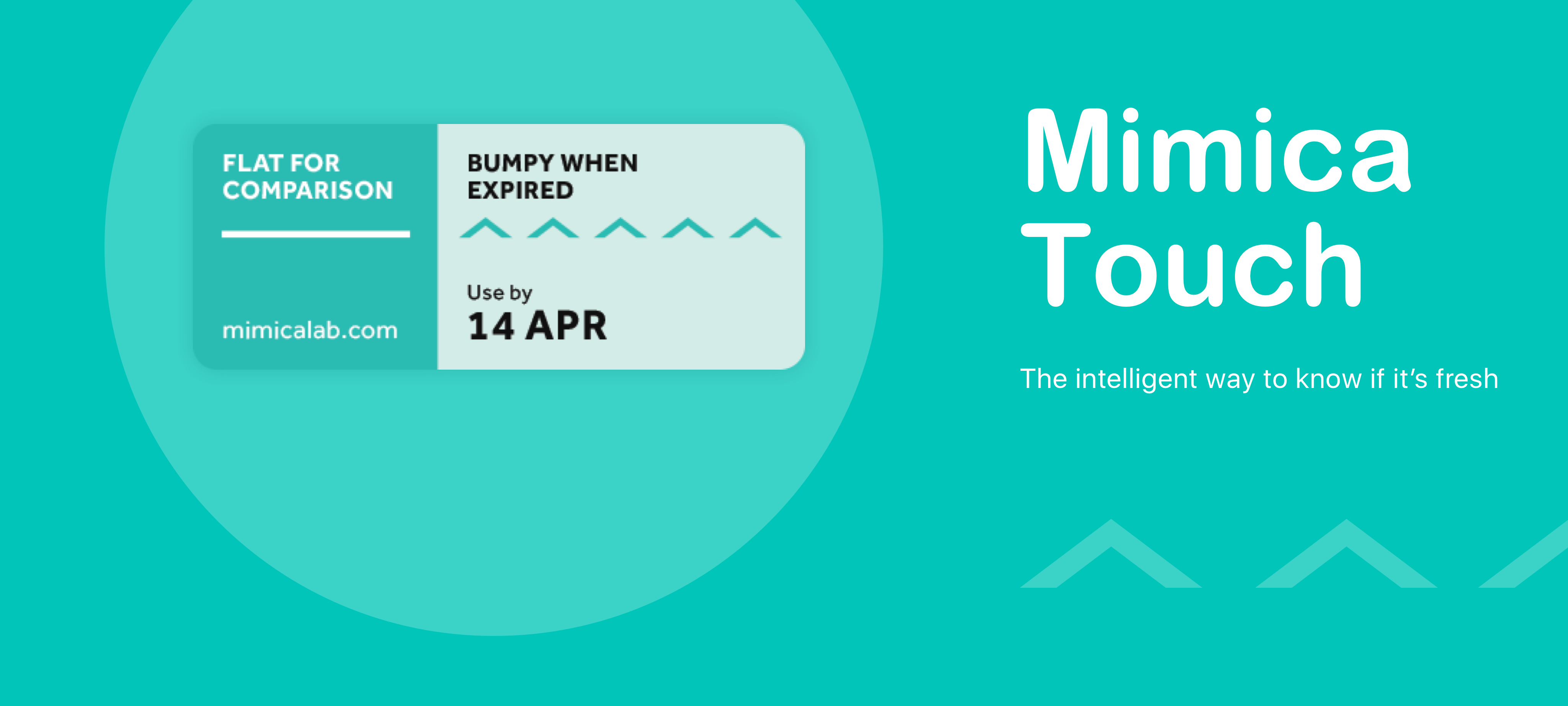
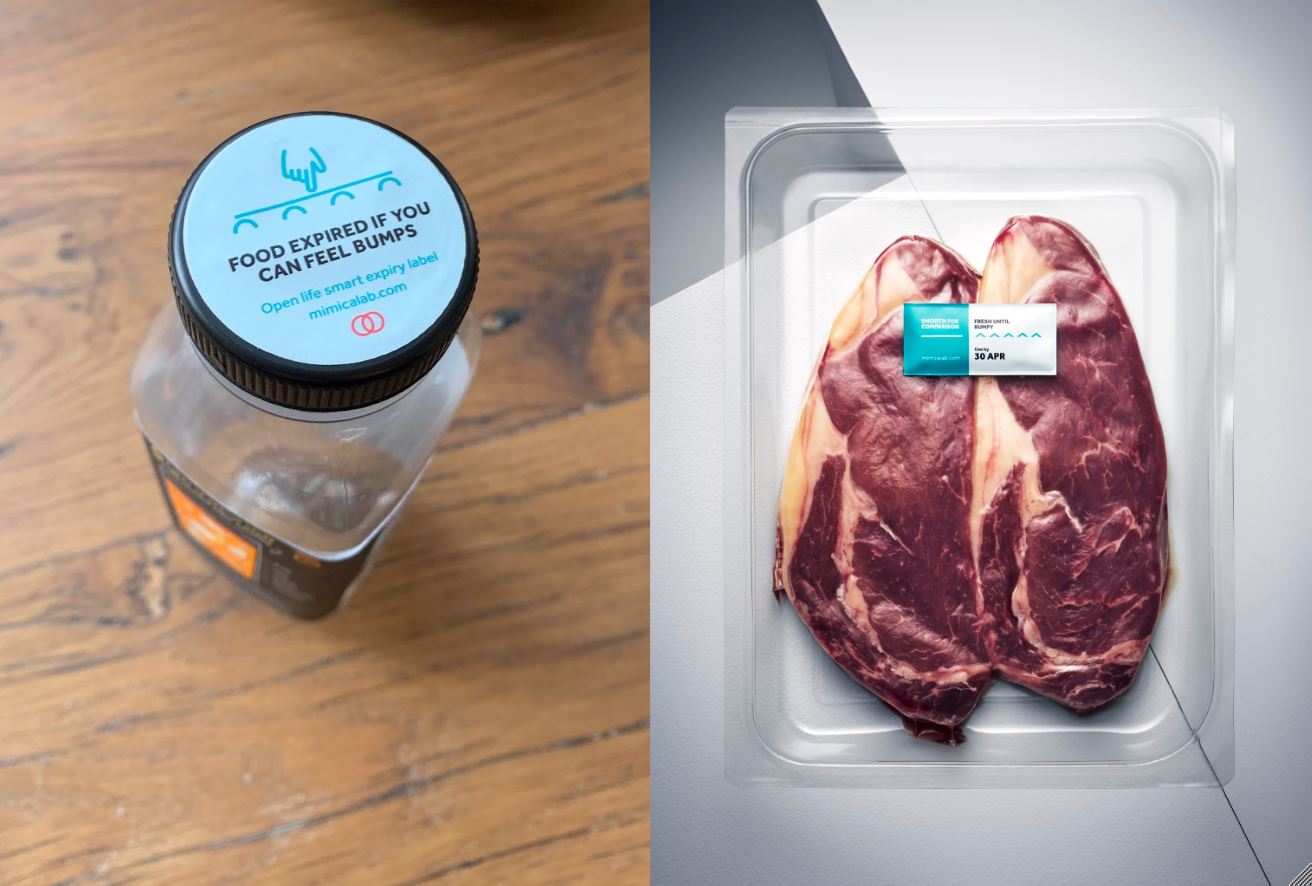
The power of inks
Often, our brand experience is linked to the temperature of the product. When we drink a beer in the middle of summer, we expect it to be cold. Conversely, we want our coffee hot in winter. In 2007, the mountains that adorn the labels of Coors beer began to change colour when the drink was chilled to the optimum temperature, to the surprise of consumers. Heineken, and subsequently many other brands, also followed this strategy. The technology used is thermochromatic ink, which changes colour with temperature. It can indicate, for example, that your delivered pizza is piping hot, or that your chocolate is just right and not melted.
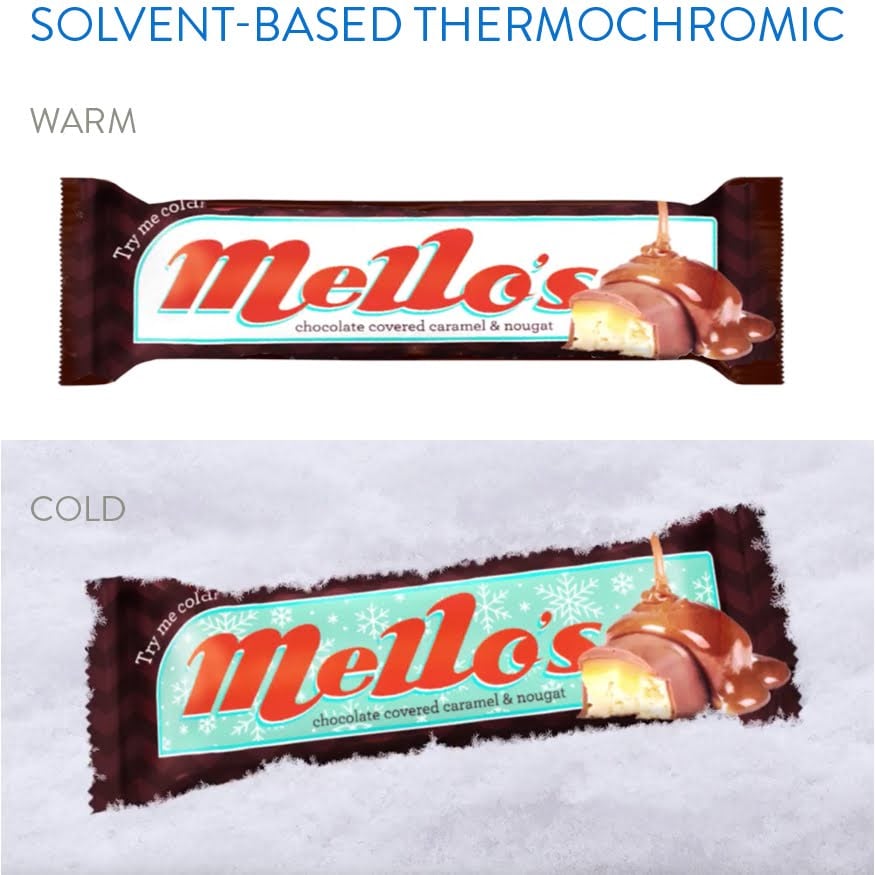
Revealing inks, meanwhile, reveal an image or message when the drink has been consumed, such as the witty cans made by Crown for Coca-Cola in Eastern European countries. Equally surprising are photochromic inks, which change colour when exposed to the sun. The company CTI, which focuses on innovation in packaging, surveyed consumers about crisp packets that change colour in the sun, and 64% said they would buy them.
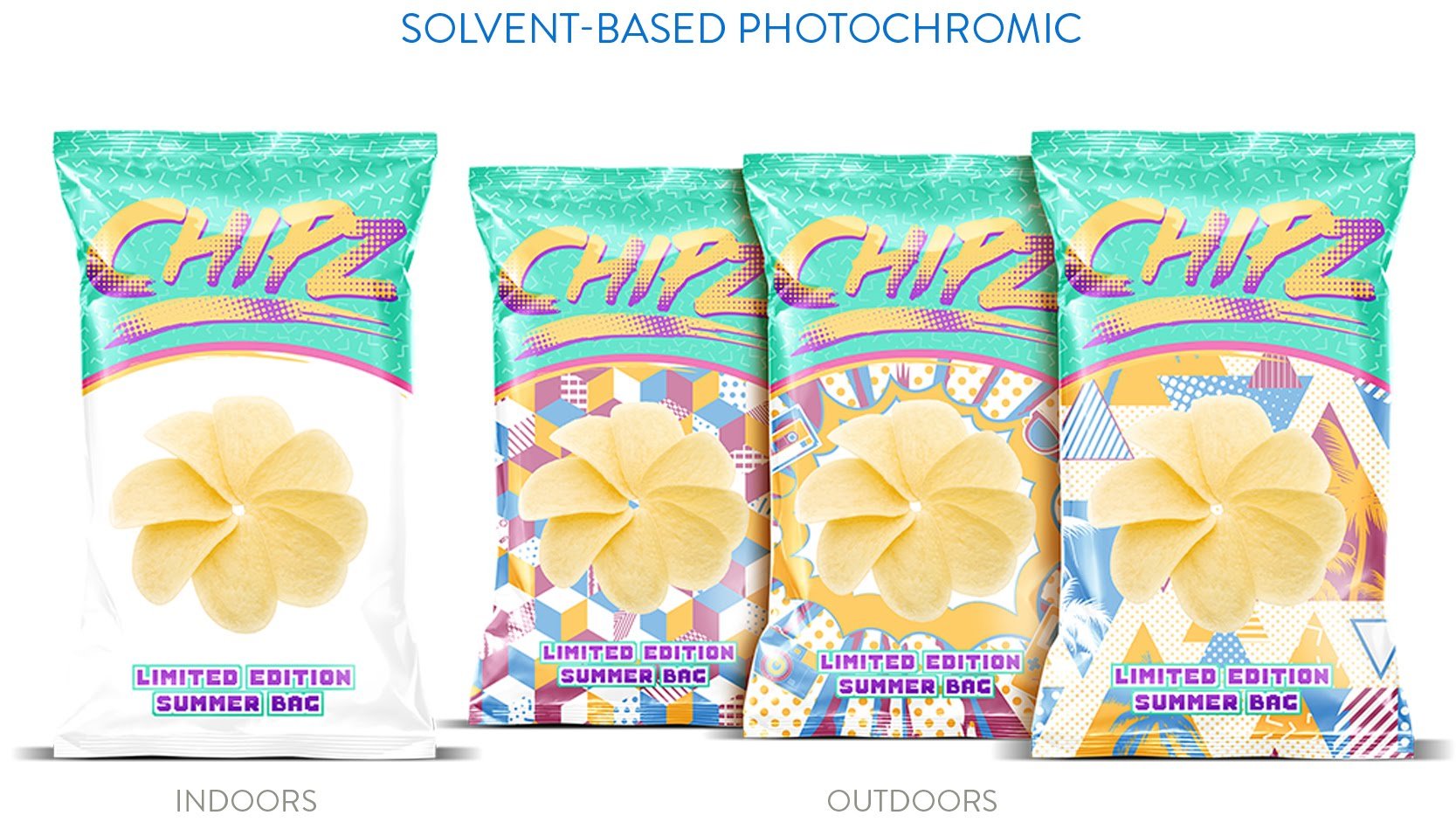
Attention-grabbing packaging as a marketing strategy
Smart packaging represents a huge opportunity for brands, as it facilitates communication with the consumer and provides better interactions. Extended functions are enabling enhanced user experiences, and there have been some truly original uses of augmented reality.
By focusing your phone camera on one of Shackleton’s limited edition bottles, an interactive infographic appears explaining that in 2007, three crates of whisky were found in an abandoned camp in the Arctic. From here, the journey of Sir Ernest Shackleton, a legendary explorer known for his campaigns in the area, is recreated.
One of the major focuses of Karl Knauer, one of Germany’s leading packaging manufacturers, is the illumination of packaging, labels and logos for promotional products. They use organic light-emitting diodes (OLEDs), flat light sources made of organic semiconductors that are printable, ultra-thin and sustainable. The light is activated without contact – as soon as the potential buyer approaches the shelf, the packaging begins to glow. The company believes that, this innovation will boost sales in the future, because light creates added value in terms of attracting attention, generating emotions and thus increasing brand awareness.
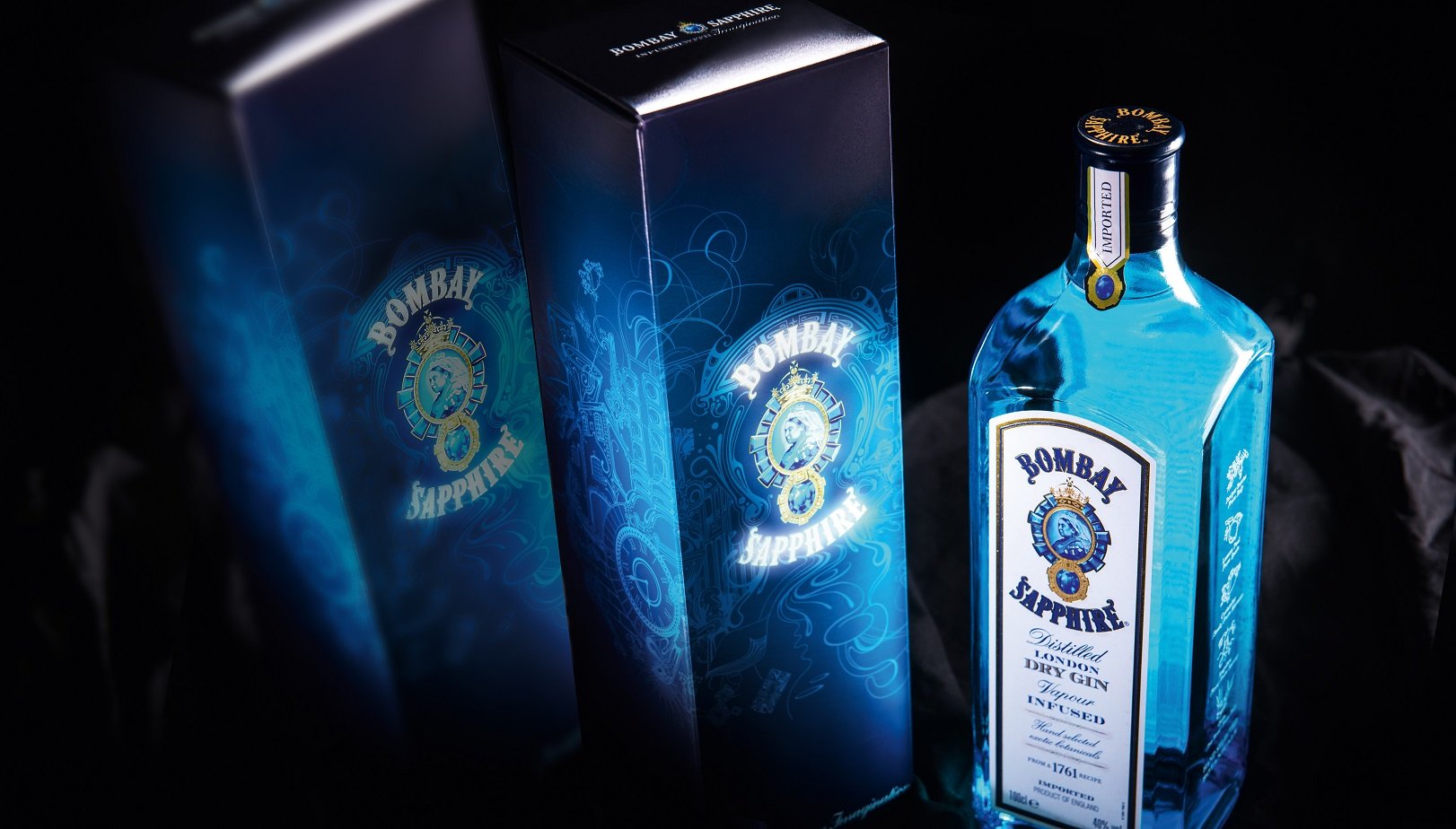
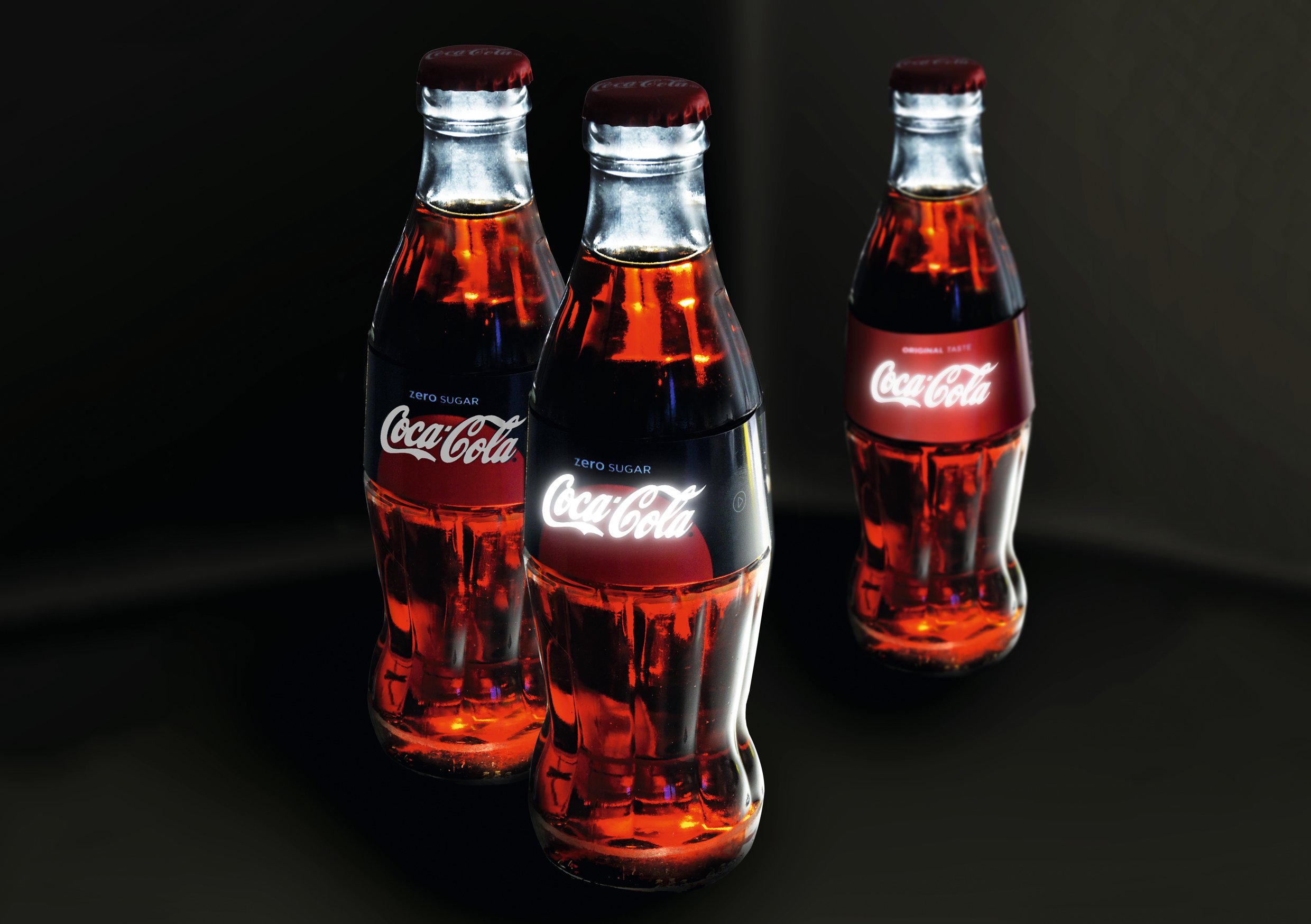
Smart packaging in the pharmaceutical sector
Finally, it should be noted that, in addition to the food industry, the biggest beneficiaries of technological innovation in packaging will be pharmaceutical companies – and with them, patients. One of CTI’s services is an irreversible indicator that signals whether a product has been exposed to freezing temperatures. This is highly important when it comes to vaccines, for example, which spoil if frozen. We can also tell, thanks to thermochromatic ink, whether a medicine such as insulin is at the right temperature for injection, while touch-activated ink indicates whether a product has been tampered with or counterfeited.
